Historically a relatively poor, rural place without any major centres of power or wealth (until the industrial revolution), the Basque country does not contain the plethora of fantastic early and late medieval remains that other areas of Spain do (such as Castile and Catalunya). Nevertheless, it has its share of medieval treasures of various sorts, and some really excellent archaeological museums to see them in.
Whichever of the museums you visit, one of the first things you’ll see will be the ancient steles (memorial stones, ‘hilarri’ in Basque) which are common throughout the Basque Country. And not just any old steles: the Basques specialised in very characteristic discoidal steles. (Despite ‘stele’ being a common archaeological term, it took us a while to get used to it, by which time we were habitually referring to these things as ‘discoidal what-nots’.)
Whichever of the museums you visit, one of the first things you’ll see will be the ancient steles (memorial stones, ‘hilarri’ in Basque) which are common throughout the Basque Country. And not just any old steles: the Basques specialised in very characteristic discoidal steles. (Despite ‘stele’ being a common archaeological term, it took us a while to get used to it, by which time we were habitually referring to these things as ‘discoidal what-nots’.)
Many of the discoidal what-nots – I mean ‘steles’ – date from pre-Christian times (the Basques converted to Christianity rather late) and the oldest ones (such as those in the 9th century pre-Christian graveyard at Argieta near the little town of Elorrio) are decorated with distinctively Basque pagan symbols, often including the sun and stars. (Although I went to Elorrio, I didn't manage to get to this graveyard, so these pictures are from the internet).
Many modern Basque gravestones are still in the form of discoidal steles with Christian and traditional Basque symbols. These are in the moderen graveyard at the old Romanesque church above San Juan de Gaztalugatze.
Another very distinctively Basque object you’ll find in these museums is the ‘argizaiola’ (‘waxboard’), a carved wooden board around which a long wax taper is wound. This ancient device is a type of funeral candle designed to give the dead person light in their new world of darkness. The candle was traditionally lit in the hearth of the person’s homestead (‘etxea’) and taken to the grave at the church. The argizaiola is still lit today at funerals and on memorial occasions. (I didn't manage to get any good pictures of these, so these are from the internet).
As a starting point for an exploration of medieval Basque history and culture (and pre- and post-medieval too), six museums are very useful: the wonderful San Telmo Museum in San Sebastian, the excellent Archaeology Museums in Bilbao and Vitoria, and the Basque Museums in Bilbao, Gernika and Bayonne.
The San Telmo Museum in San Sebastian, in the old San Telmo convent, recently redesigned with all mod cons, is highly recommended for its beautifully displayed survey of Basque archaeology, history and art:
The San Telmo Museum in San Sebastian, in the old San Telmo convent, recently redesigned with all mod cons, is highly recommended for its beautifully displayed survey of Basque archaeology, history and art:
The Archaeology Museums in Bilbao and Vitoria are similarly very well displayed, and set in interesting contemporary buildings with great use of graphic and audio-visual display. Vitoria’s is in a handsome modern annexe to an old Renaissance palazzo...
… whilst Bilbao’s is in a new building on Plaza Unamuno, with beautiful alabaster windows which shed a pretty, muted light on the ancient objects.
Like the San Telmo Museum, the Basque Museums in Bayonne and in Gernika contain an overview of Basque archaeology, history and art; again both are modernised and very well designed, both in large old Basque town houses.
The Basque Museum (Euskal Museoa) in Bilbao is less impressive, but nevertheless well worth a visit. It contains a number of significant treasures, including perhaps the most important archaeological object in the Basque Country, an Iron Age (around 3rd century BC) zoomorphic sculpture, known as the ‘Mikeldi Idol’ (after the place where it was found in the 17th century).
The most wonderful thing in this museum – indeed one of the most wonderful things I’ve seen in any museum anywhere – is a HUGE handmade topographical model of Bizkaia (the region around Bilbao) – a massive 3D map of the whole area, assembled from tiny pieces of wood. A remarkable thing, and quite mesmerising to look at, especially when you actually know the area:
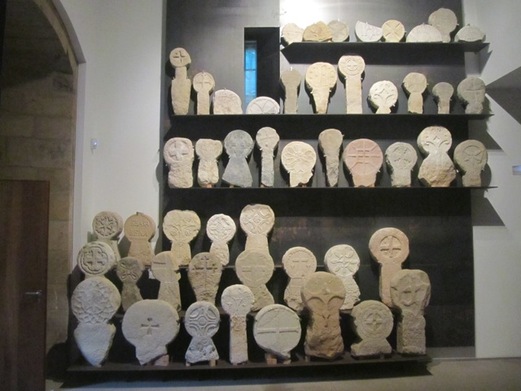
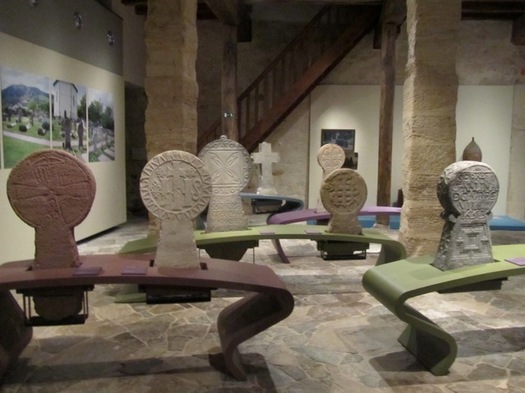
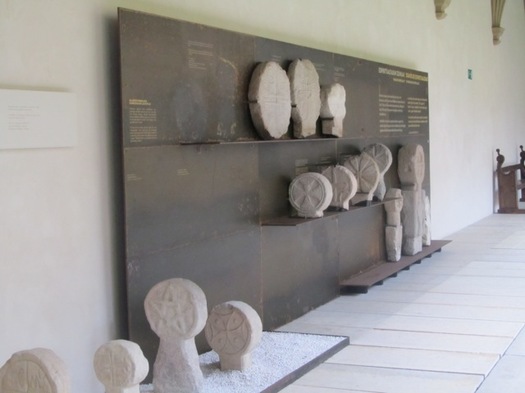
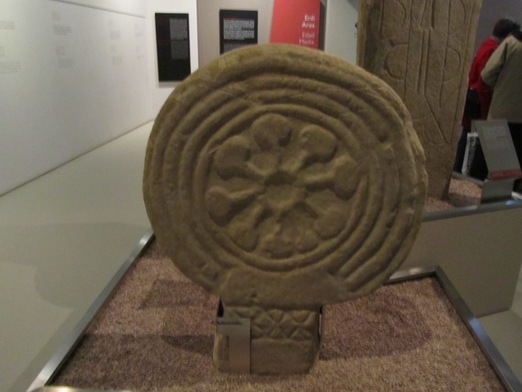
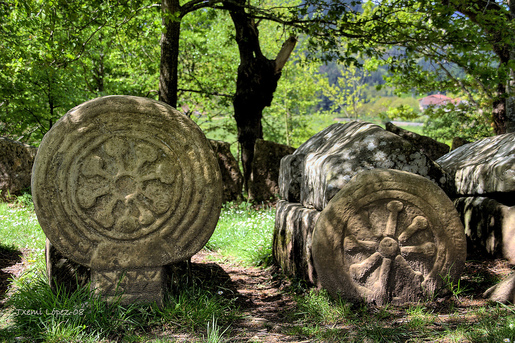
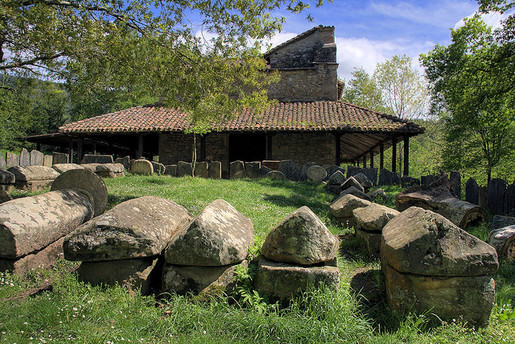
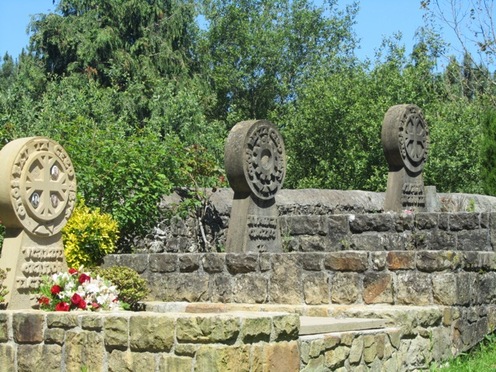
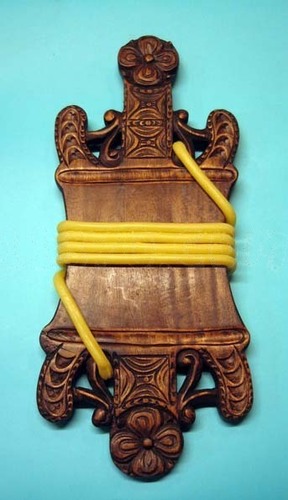
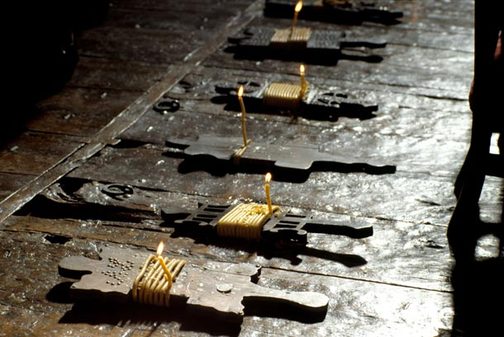
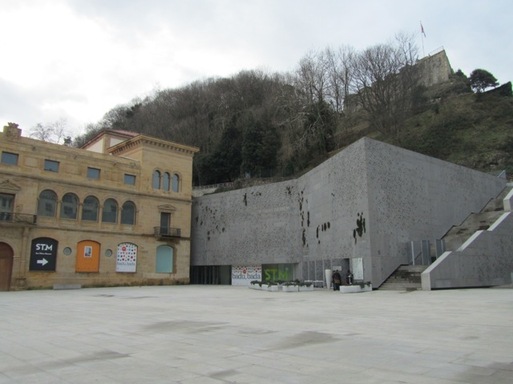
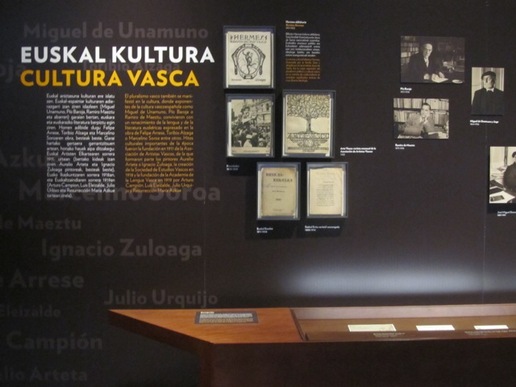
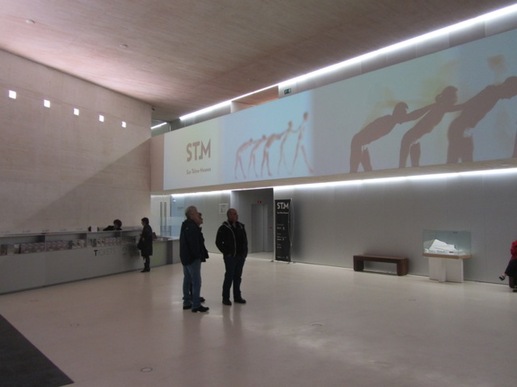
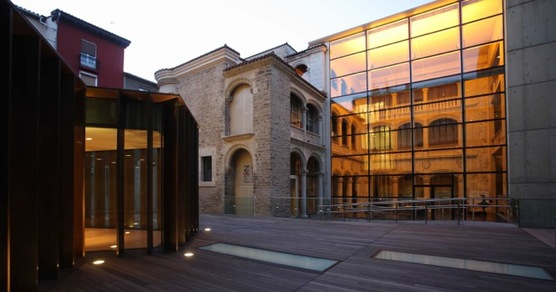
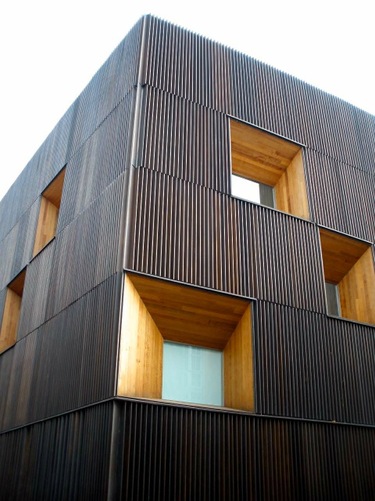
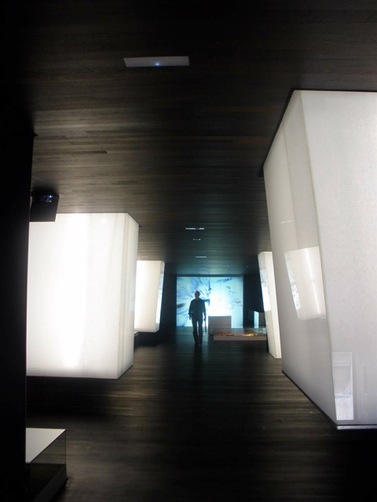
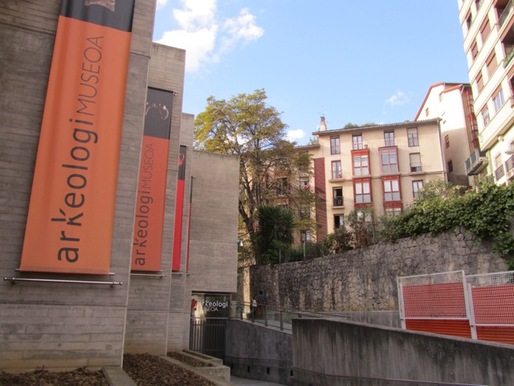
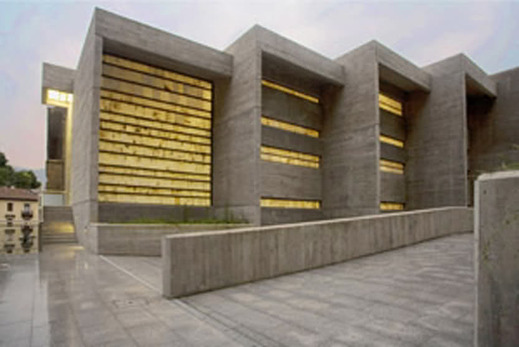
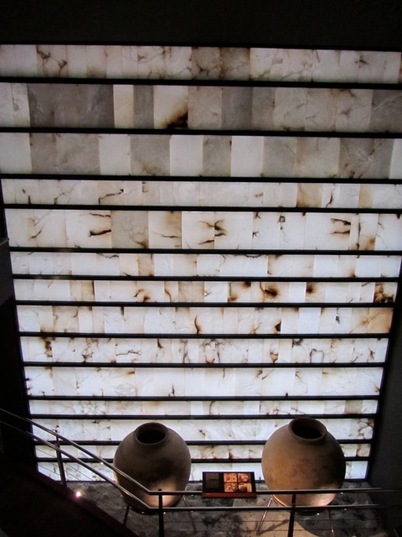
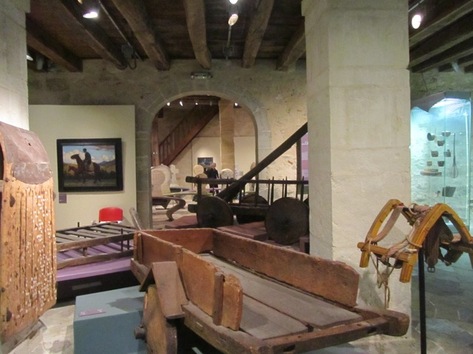
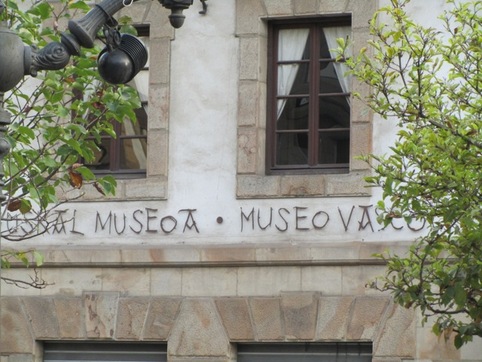
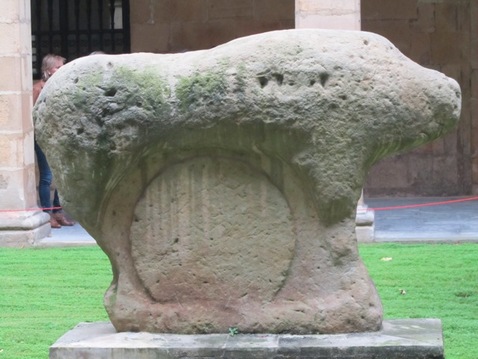
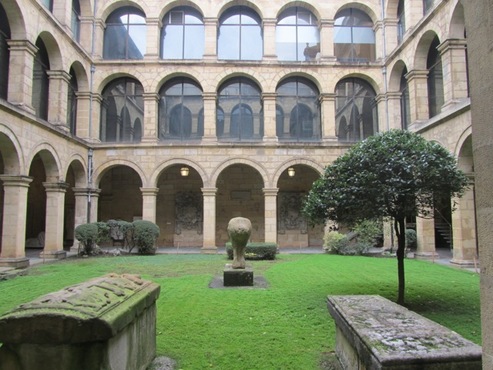
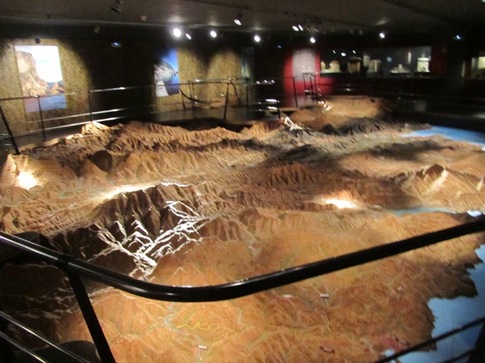
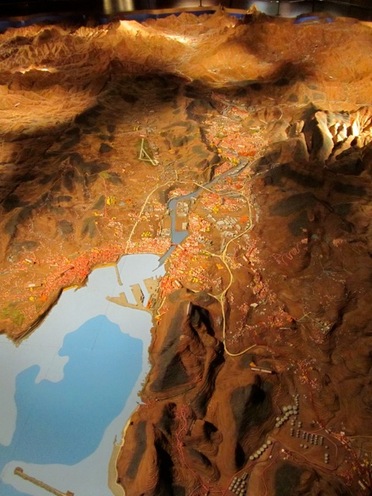
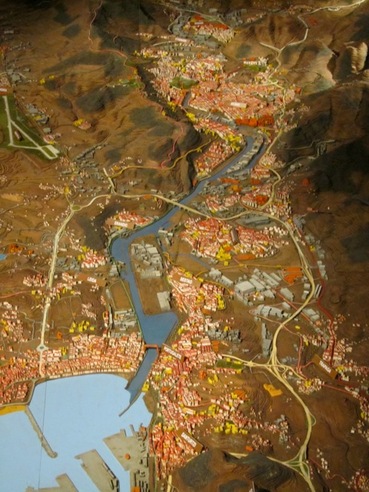

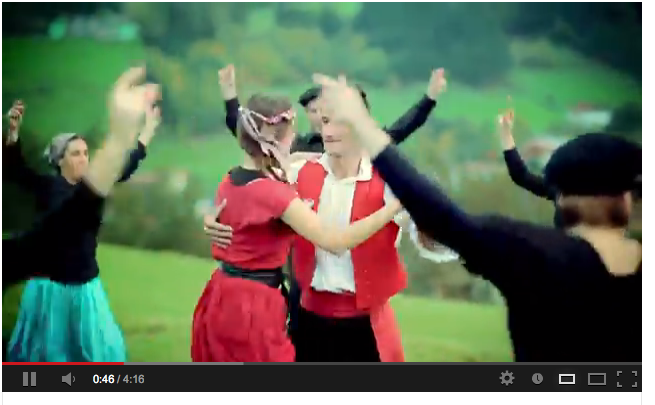
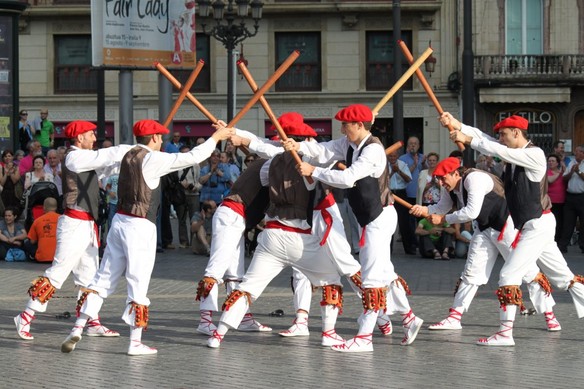
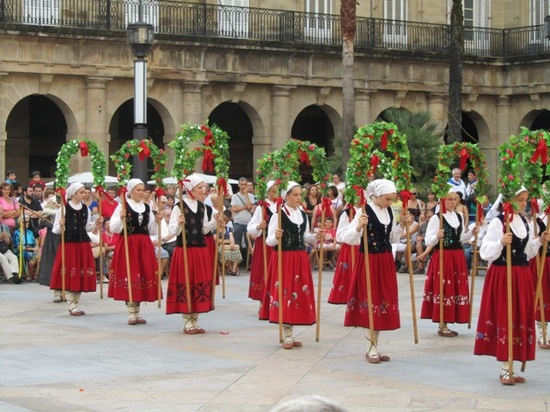
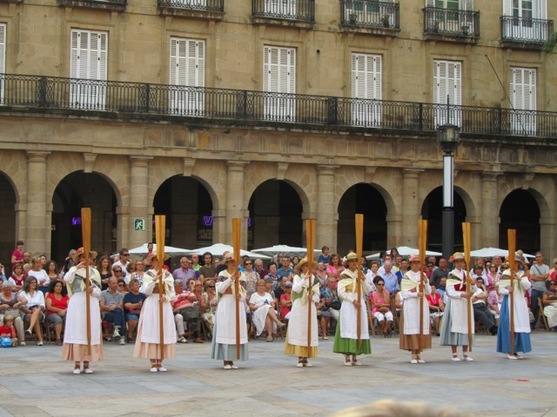
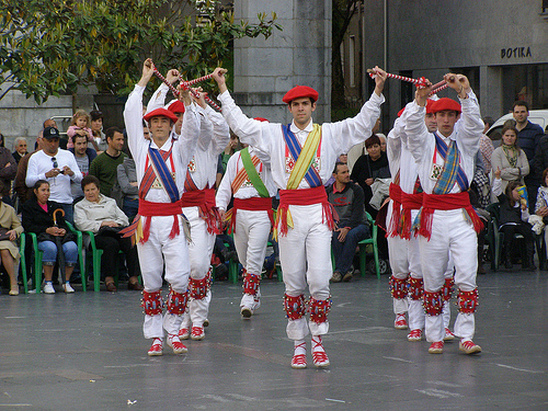
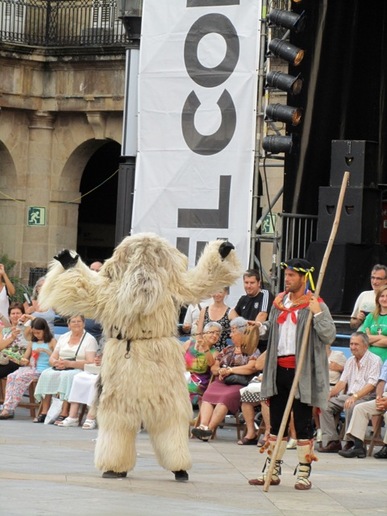
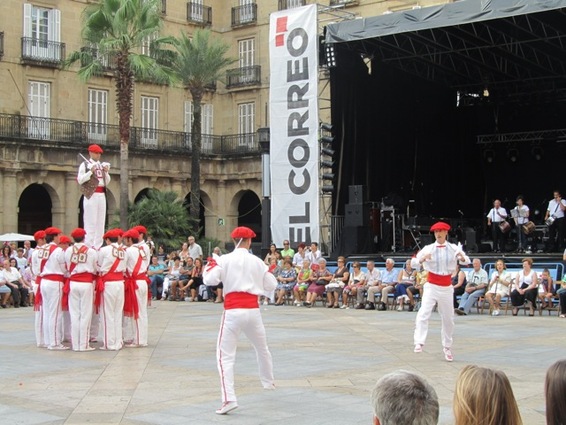
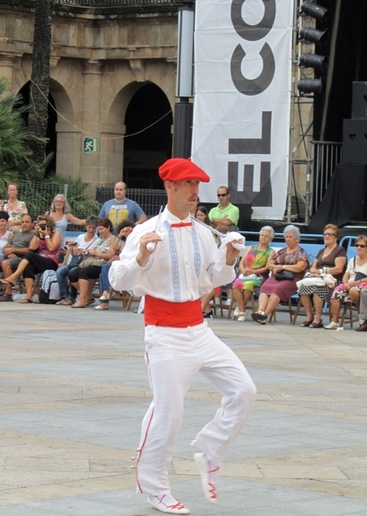
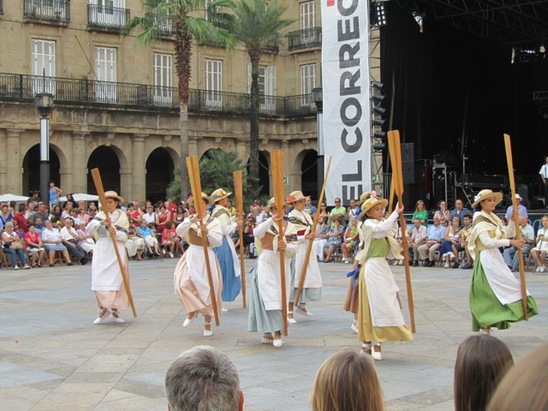
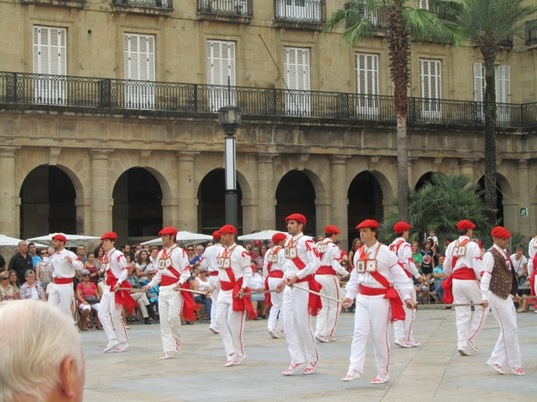
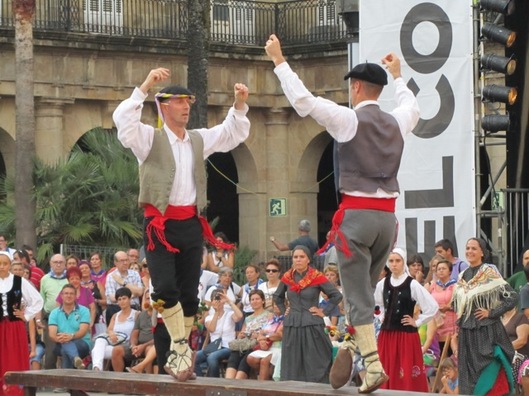
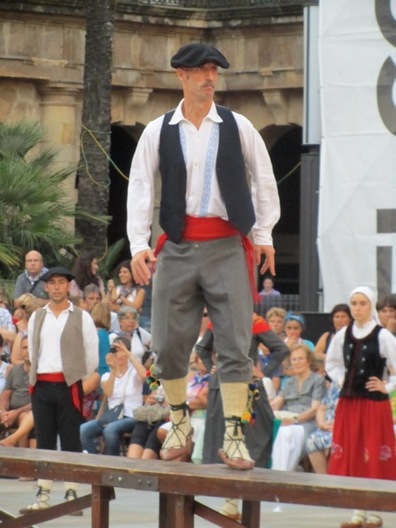
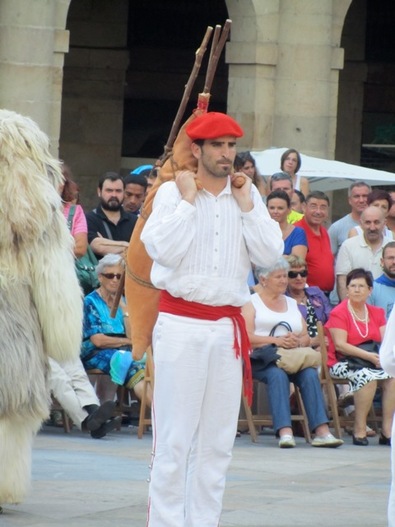
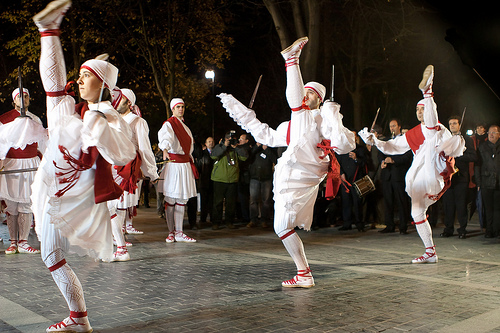

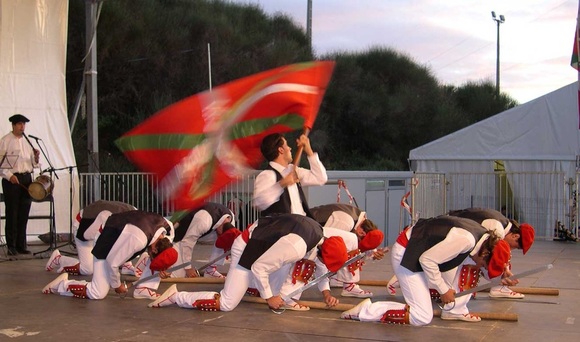
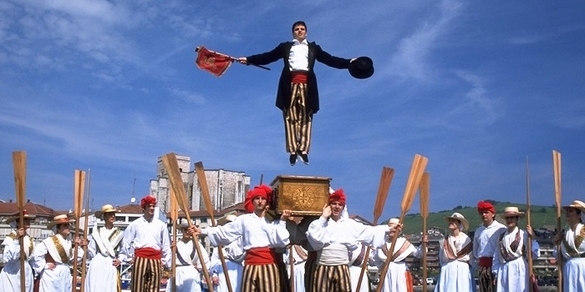
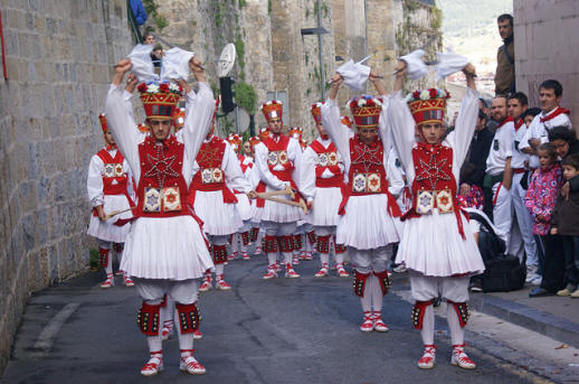

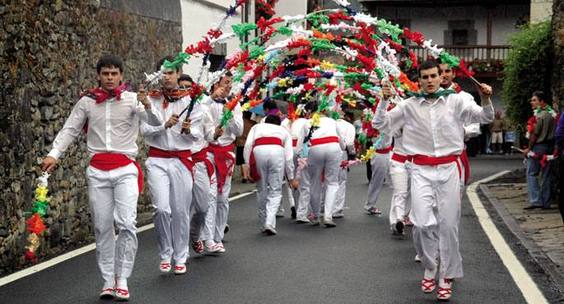
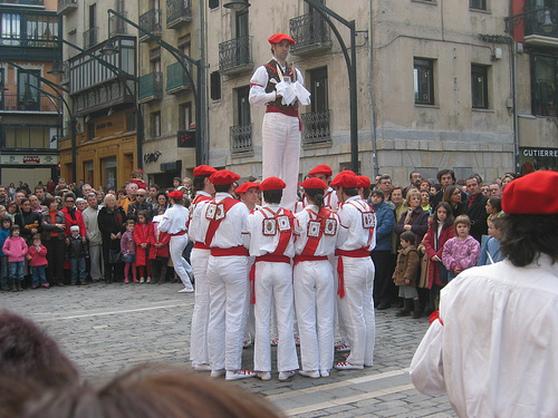
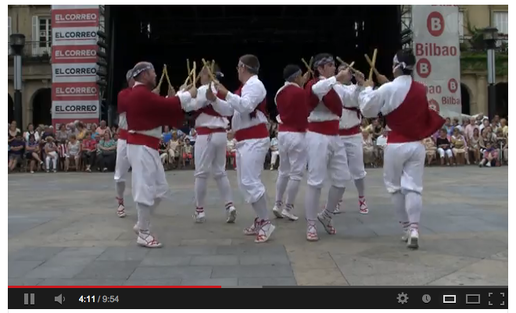
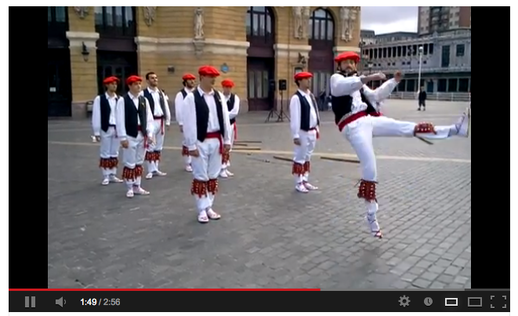
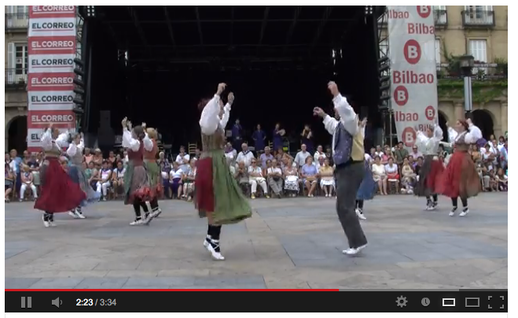
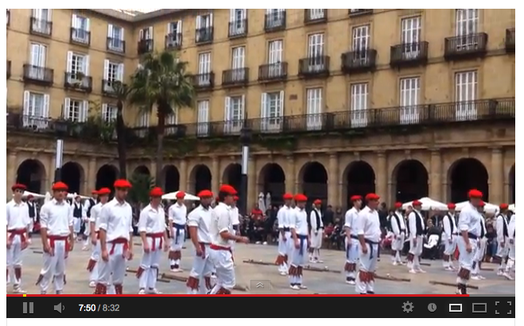
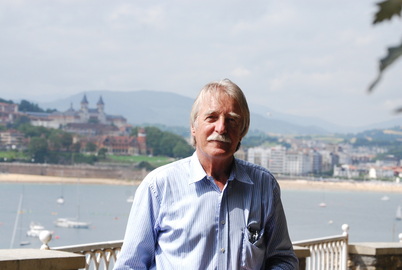
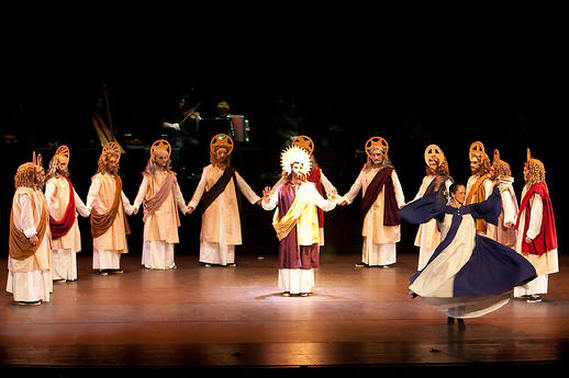
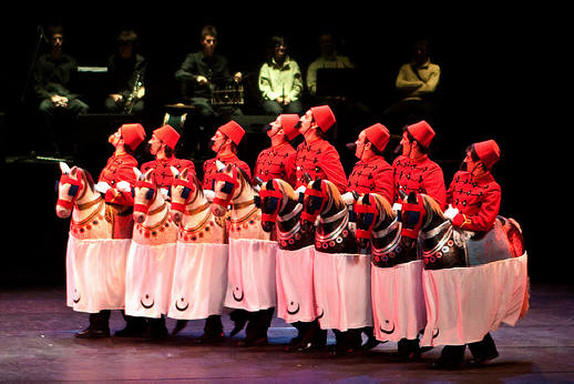
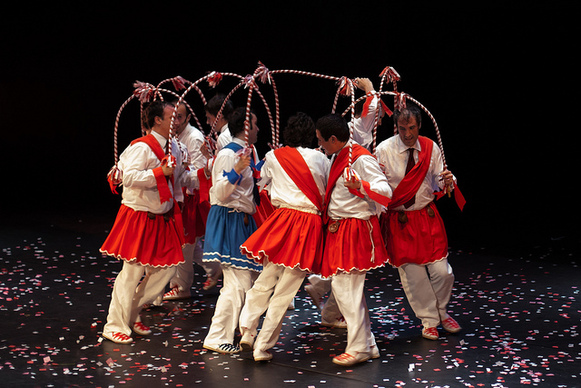
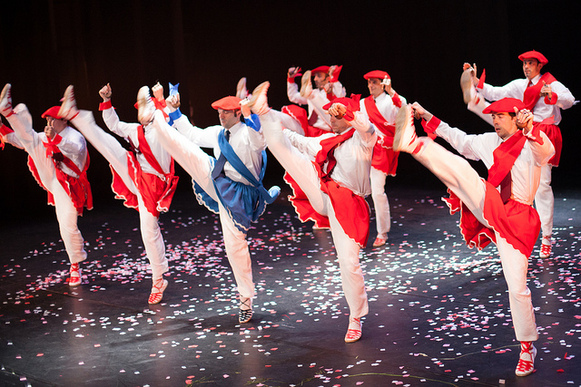
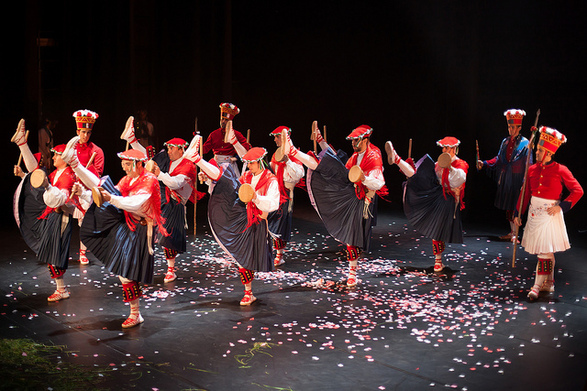
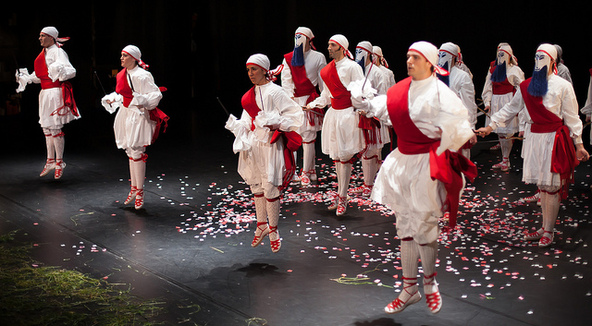
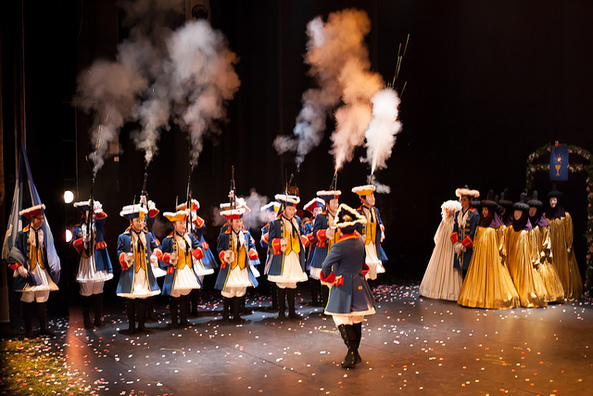
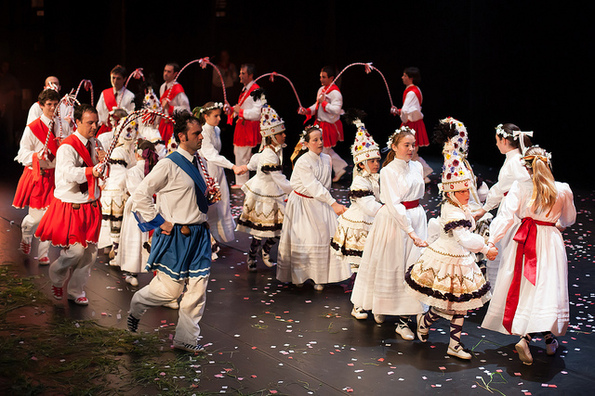
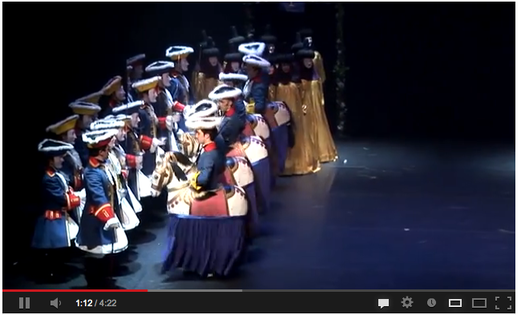
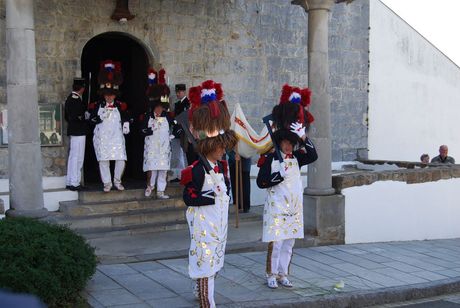
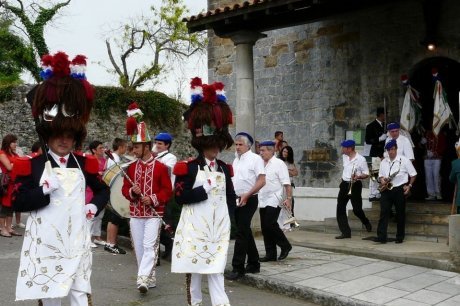
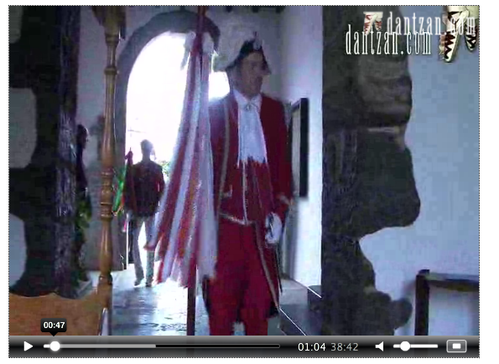
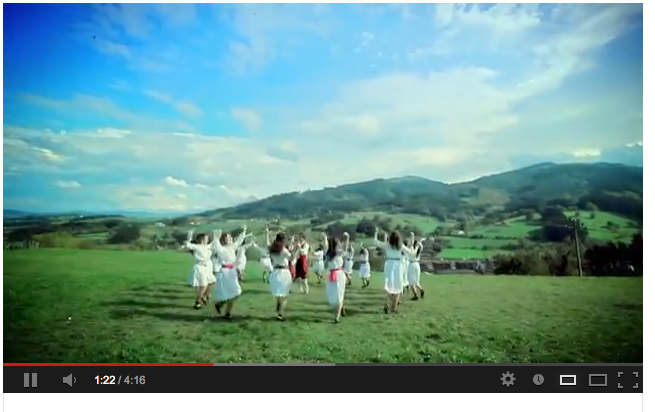
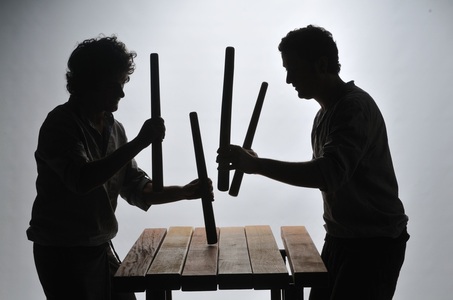
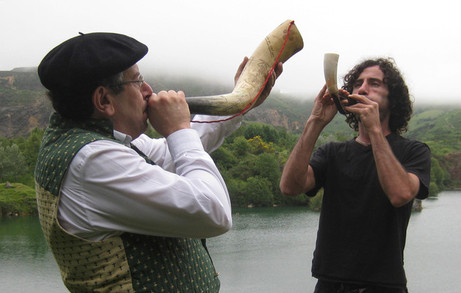
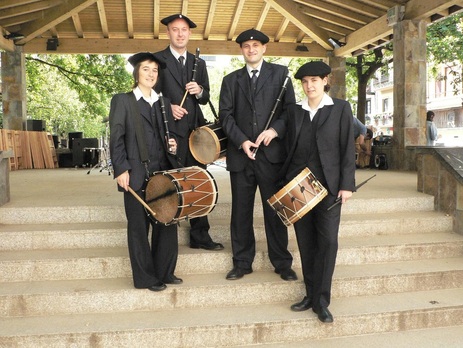
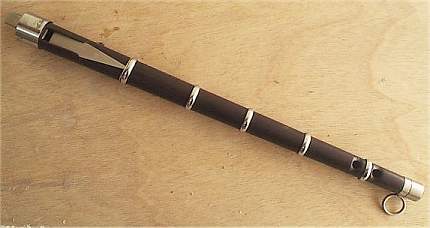
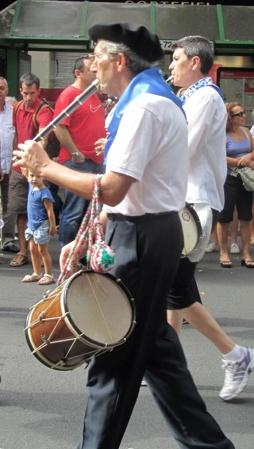
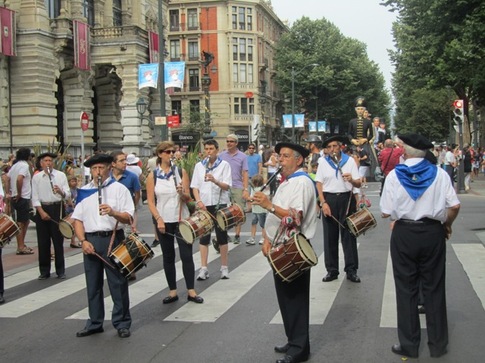
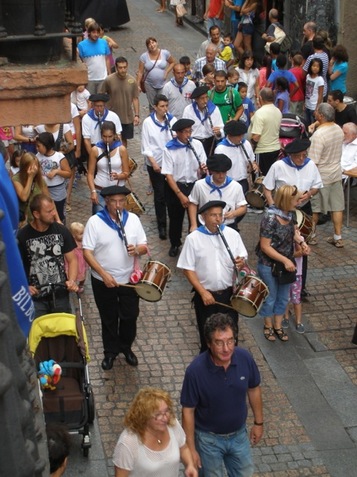
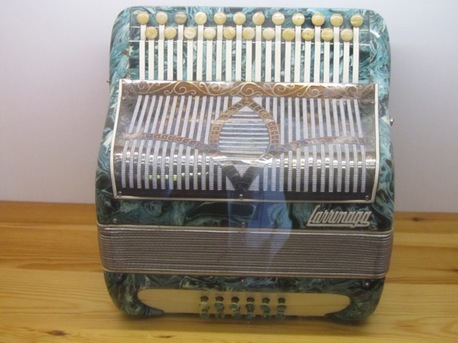
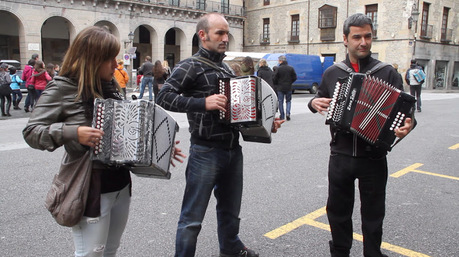
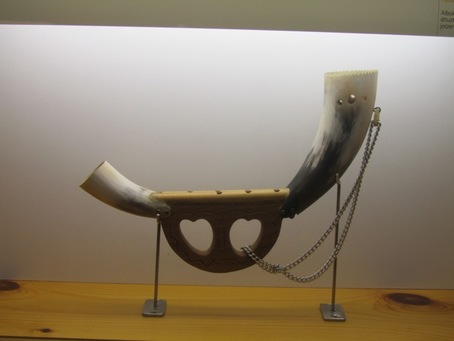
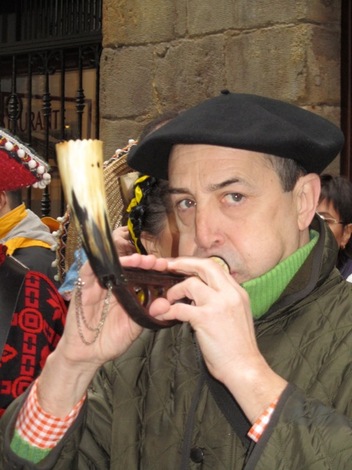
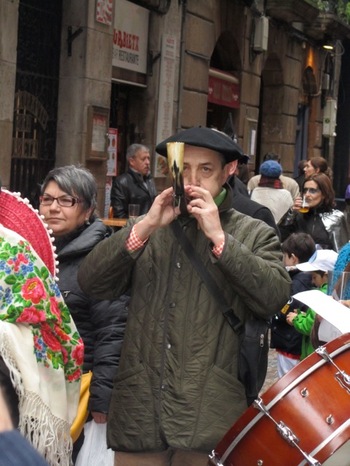
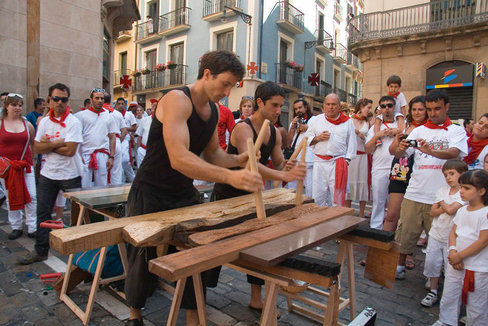
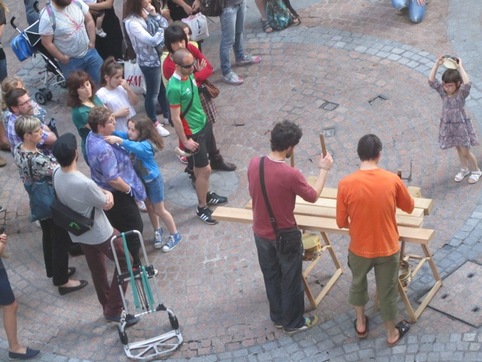
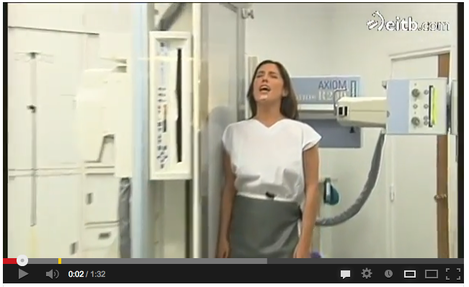
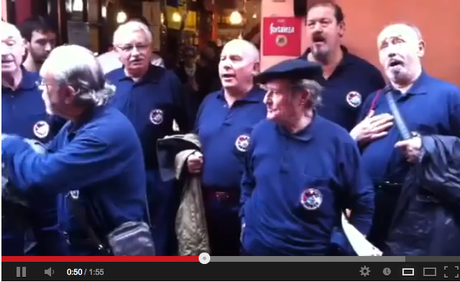
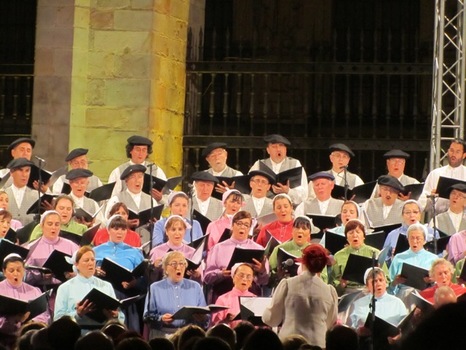
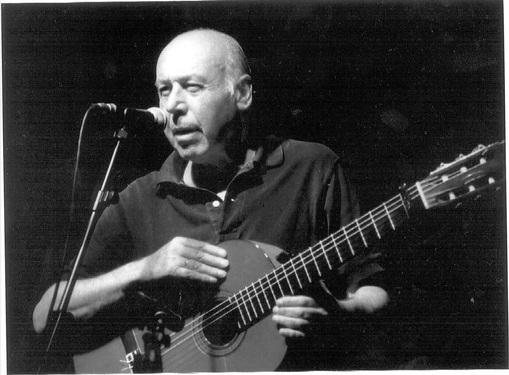

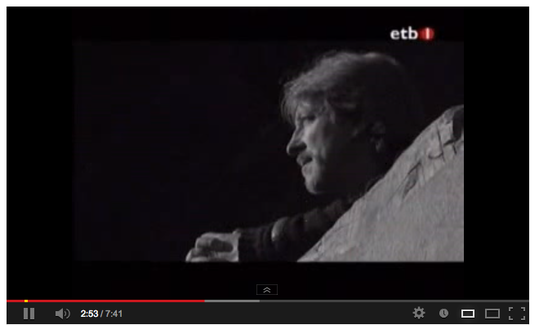
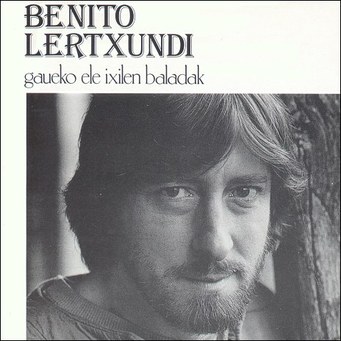
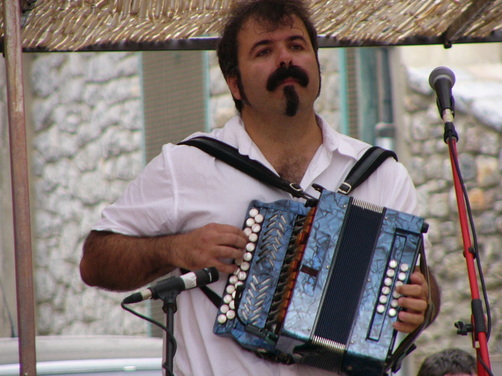
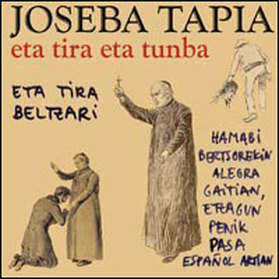
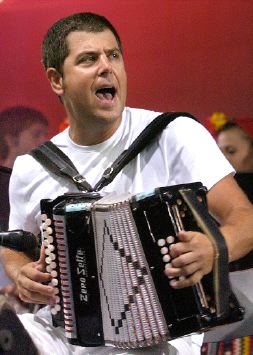
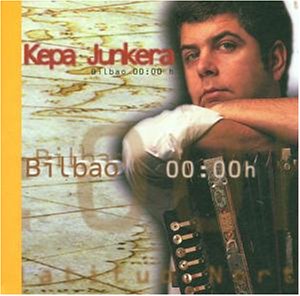
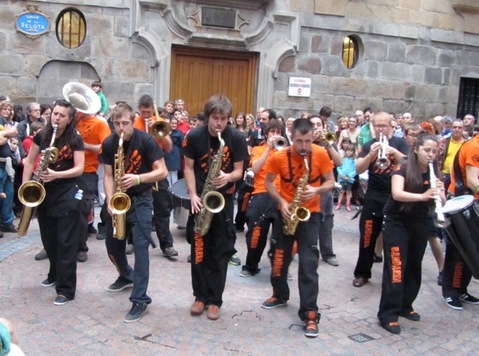
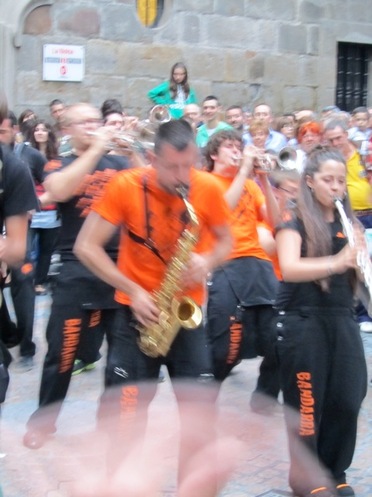
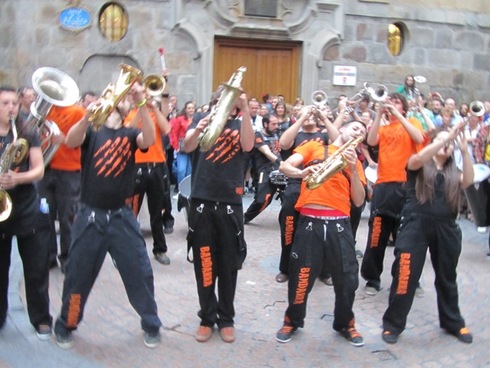
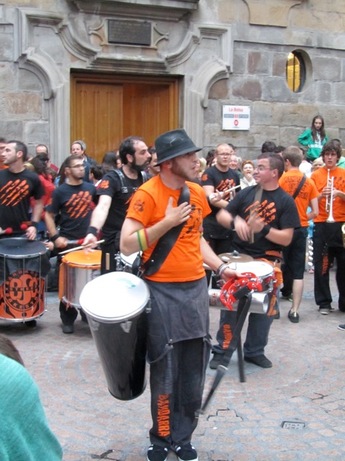
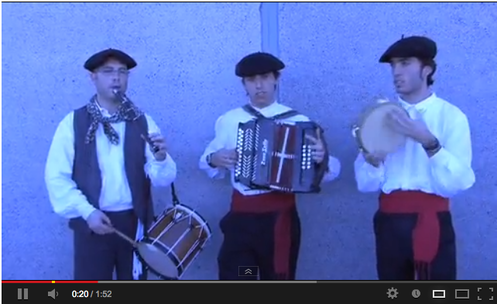
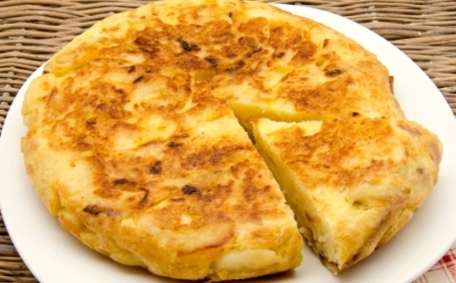
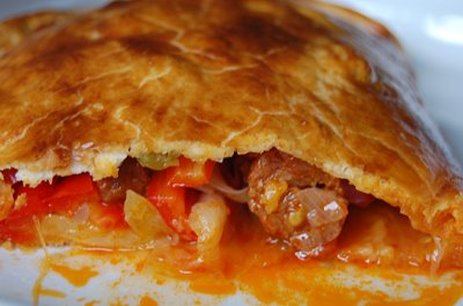
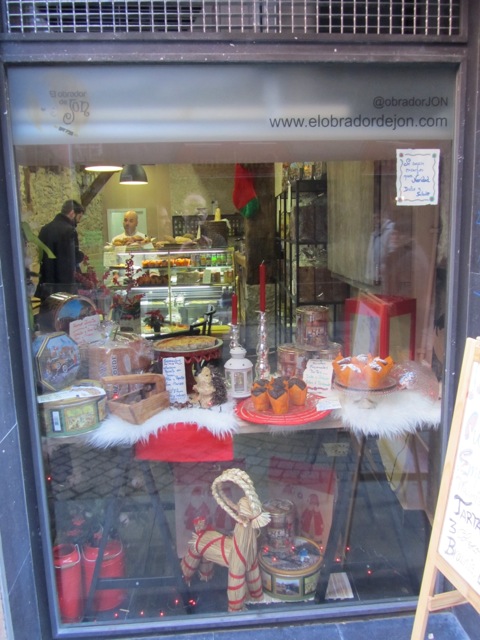

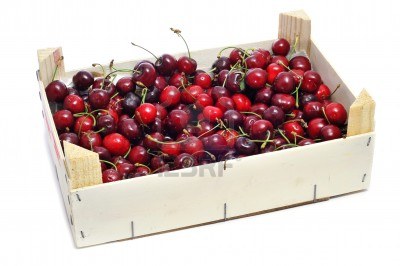
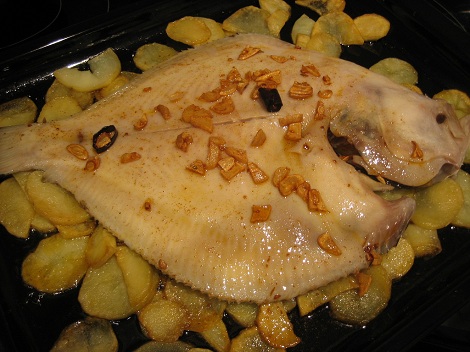
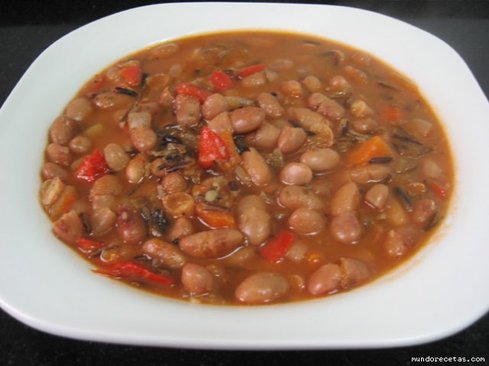
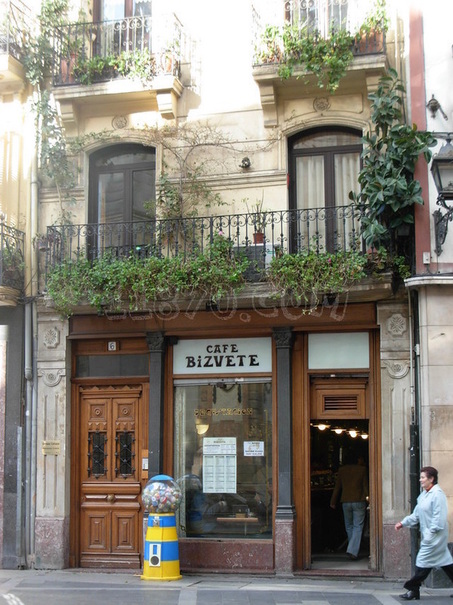
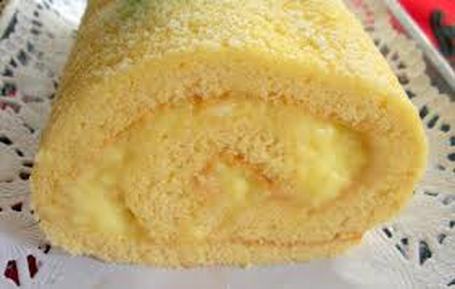

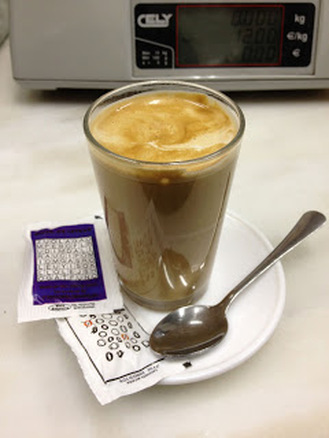
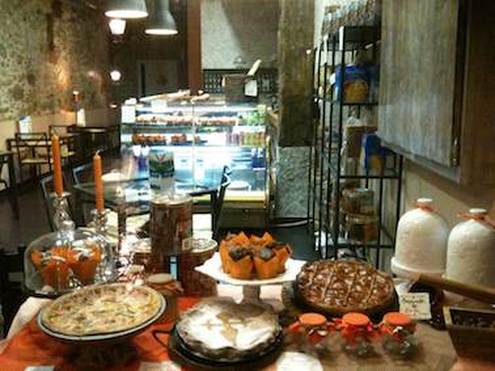
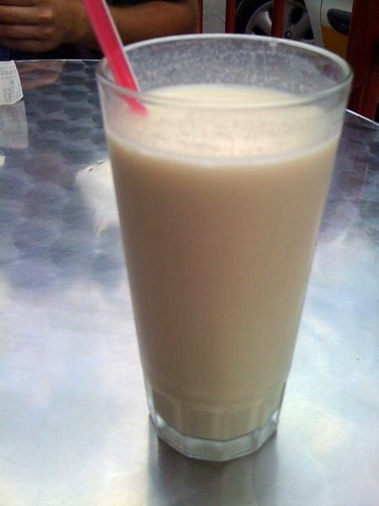
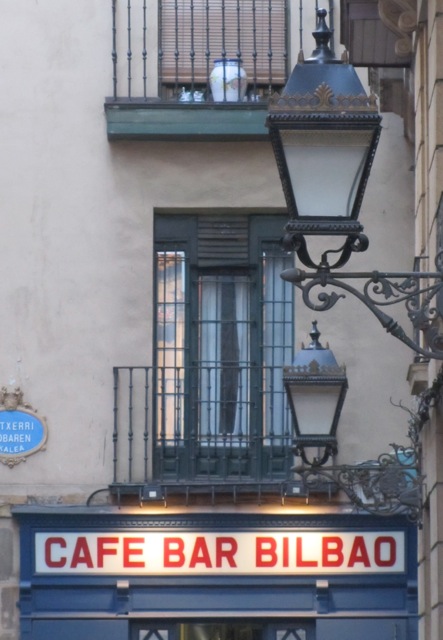
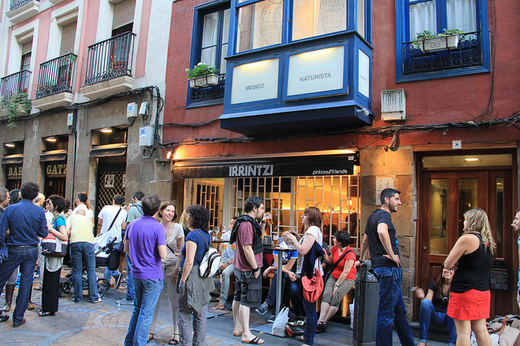
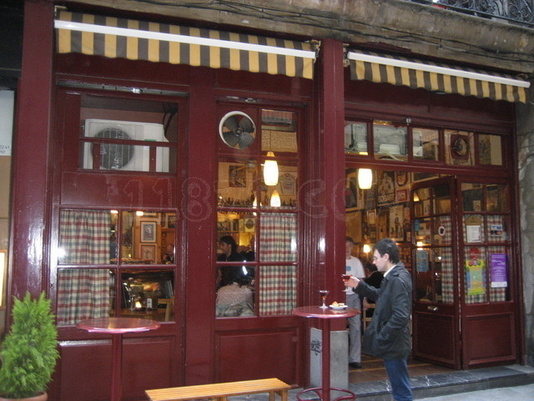
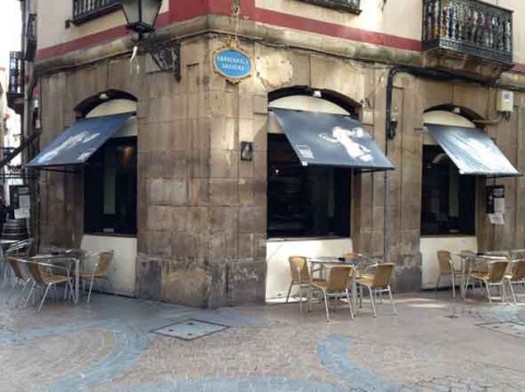
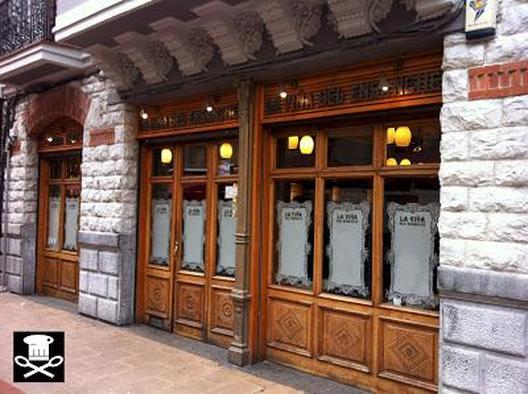
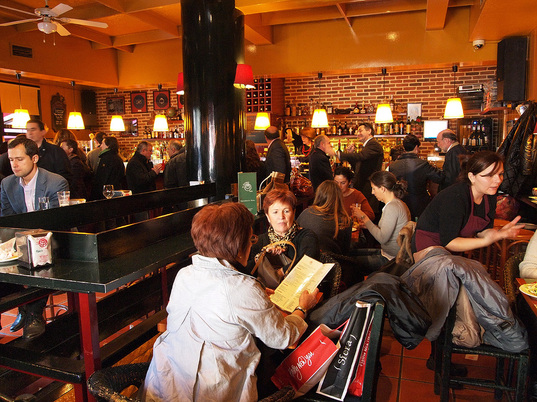
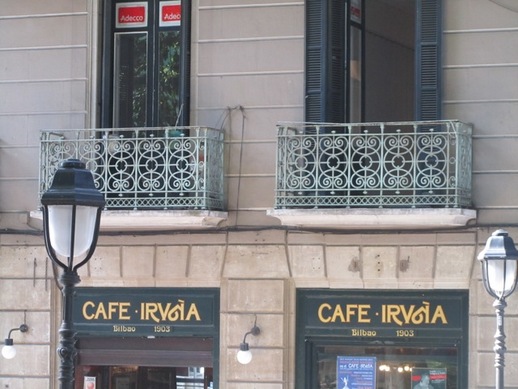
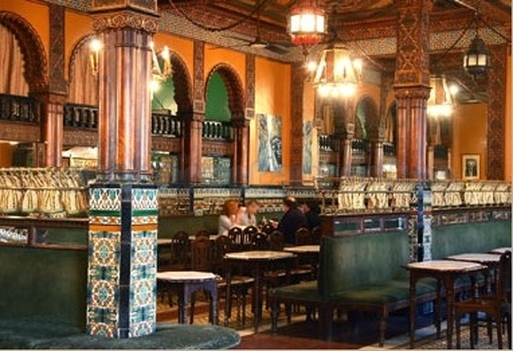

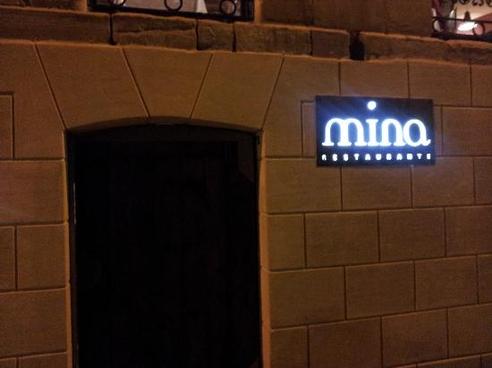
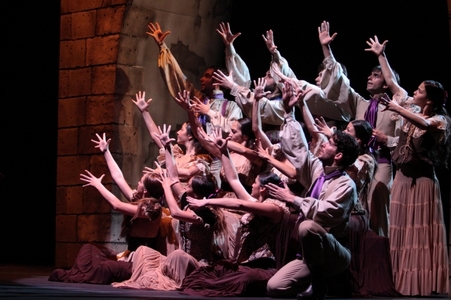
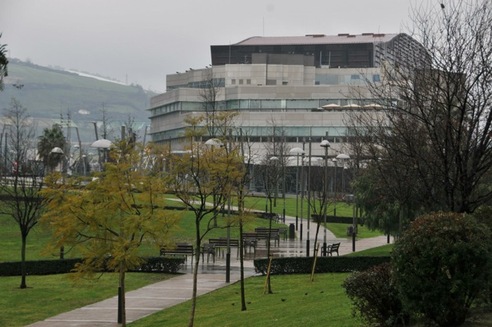
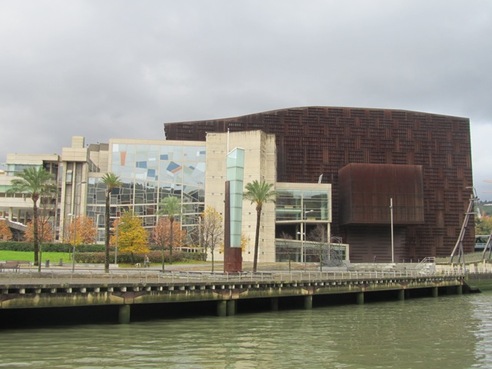
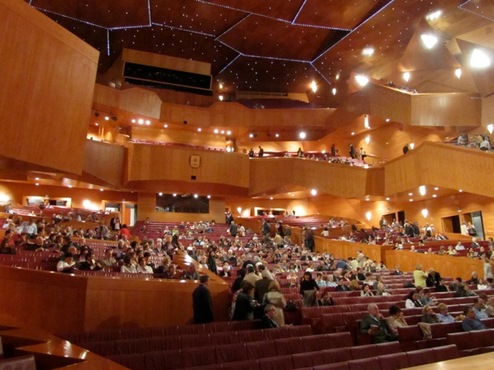
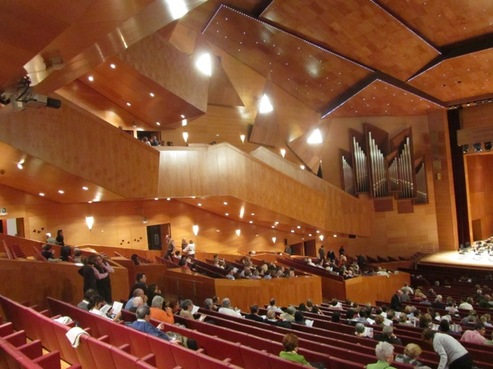
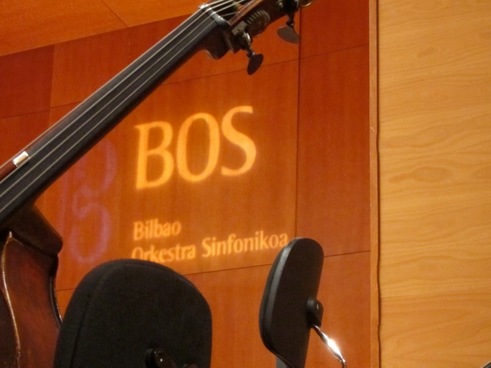
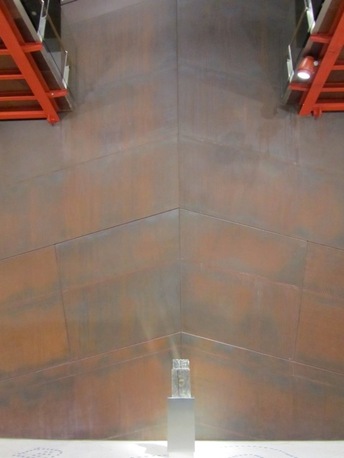

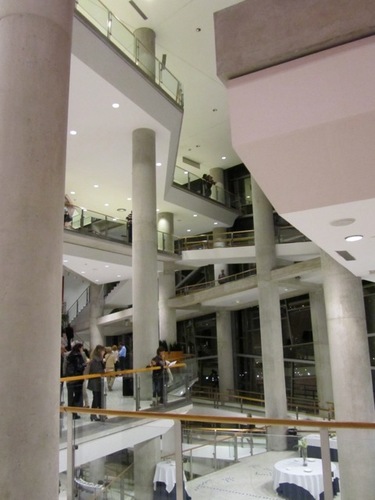
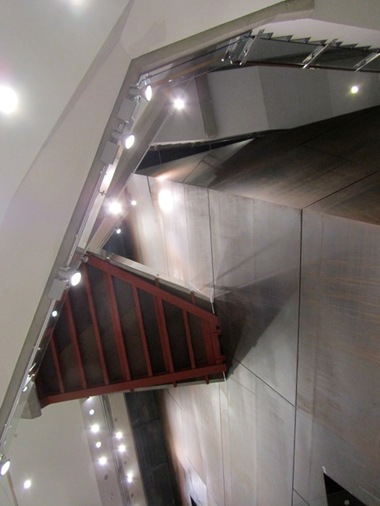
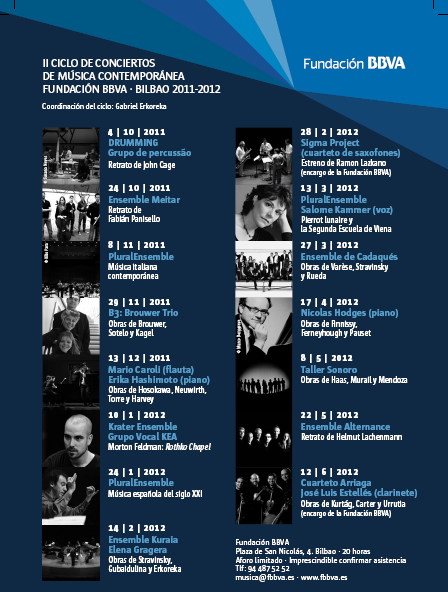
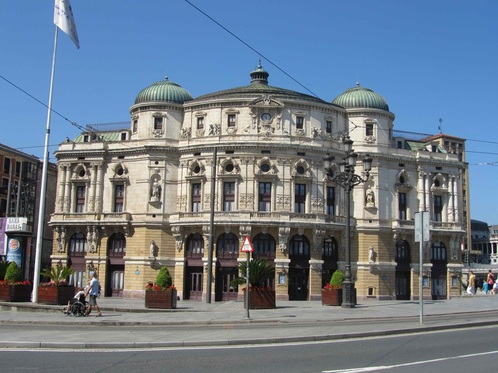
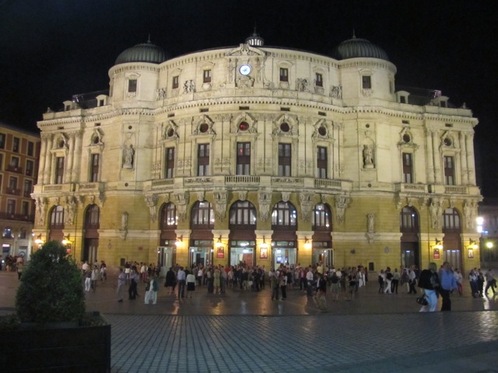
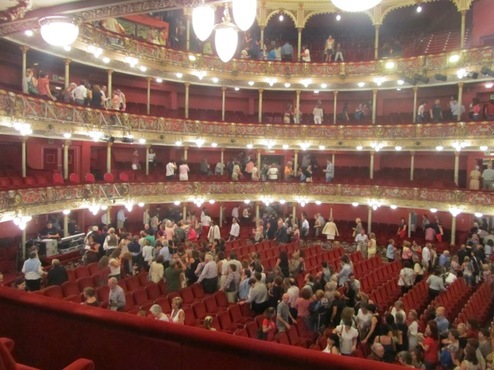
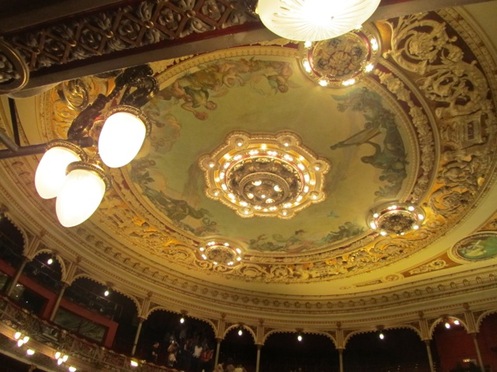
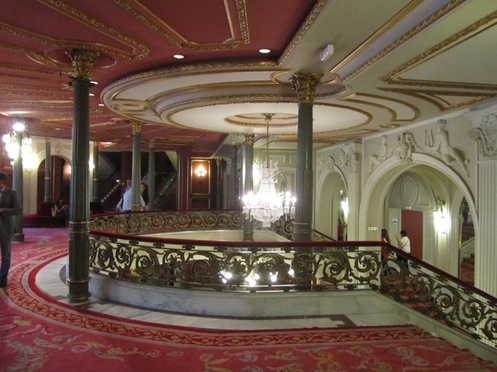
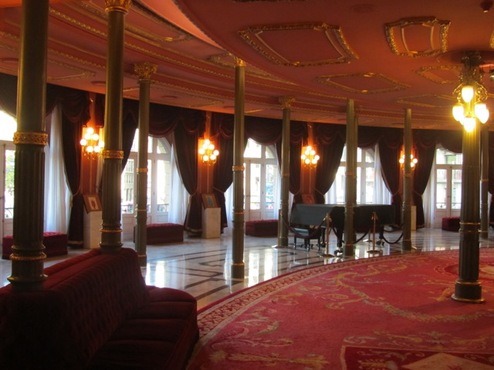
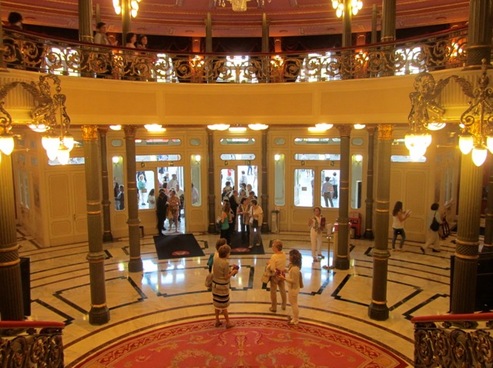
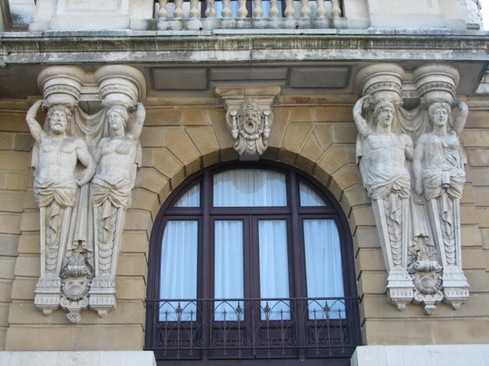
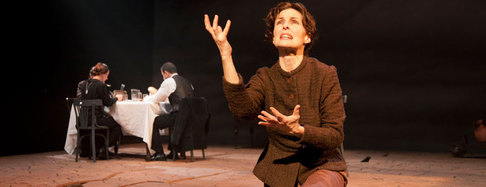
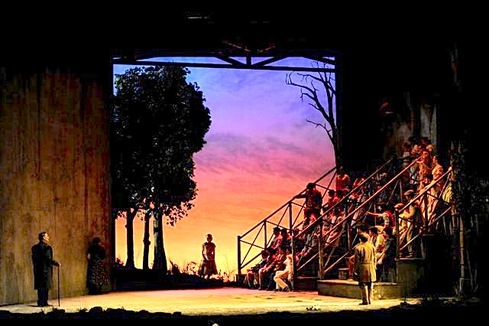
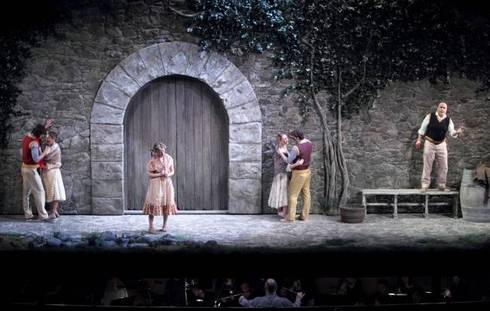
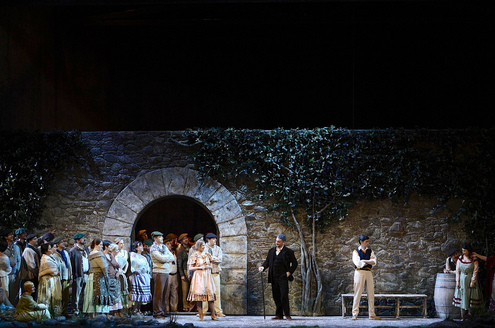
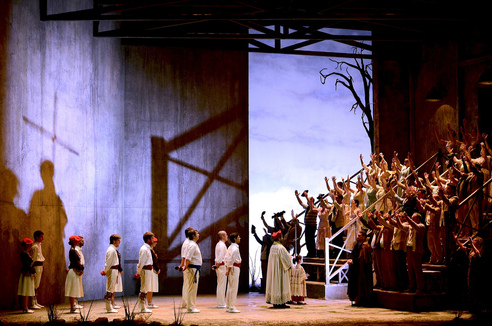
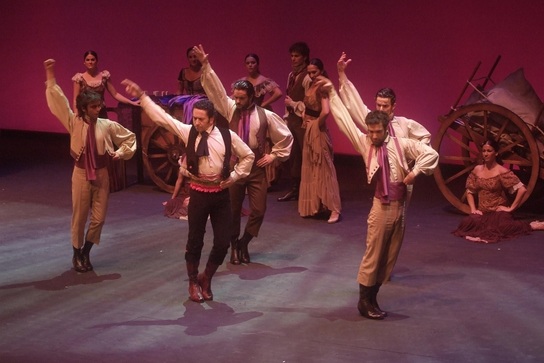
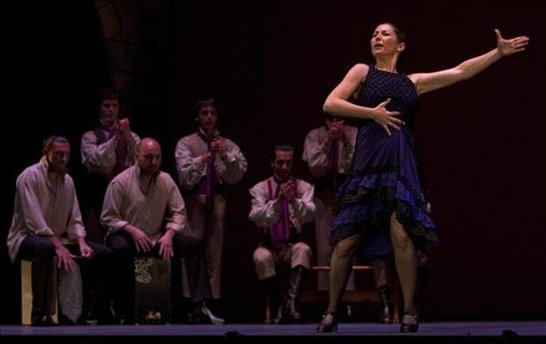
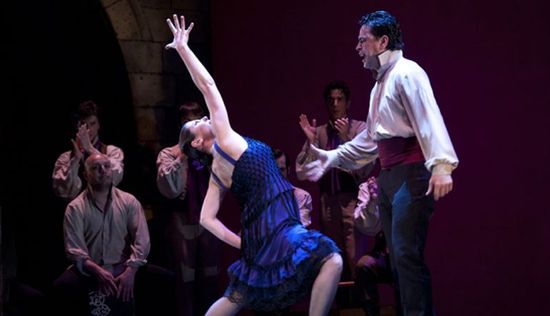
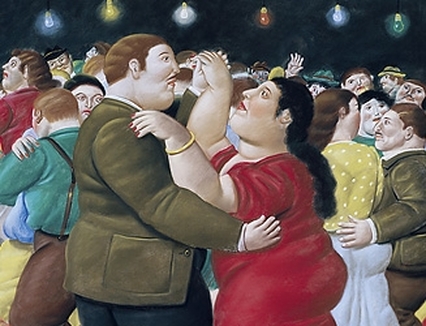
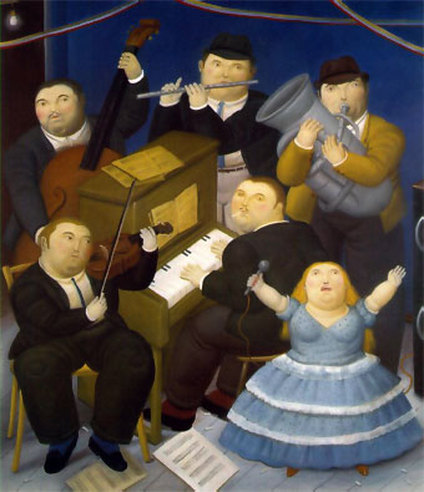
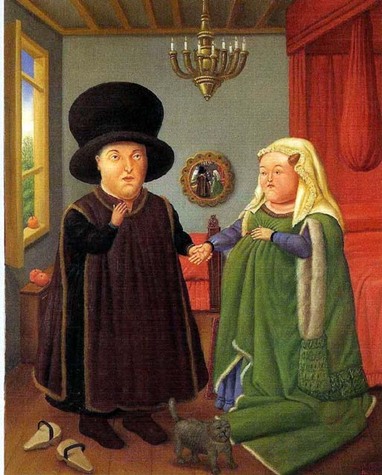
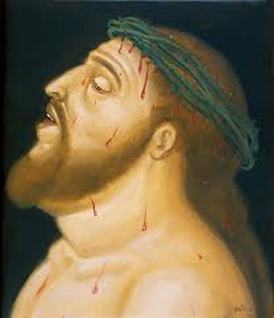
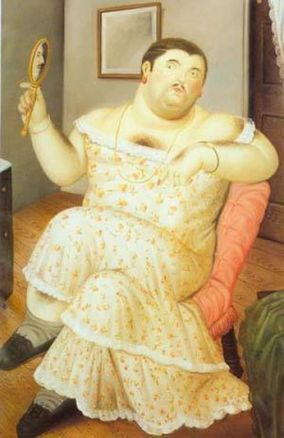
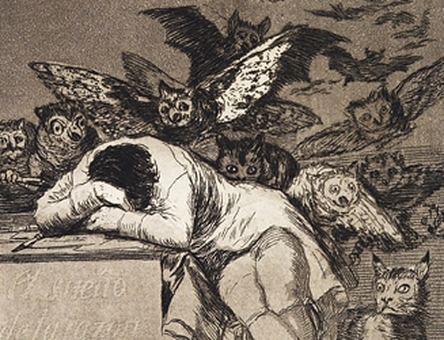
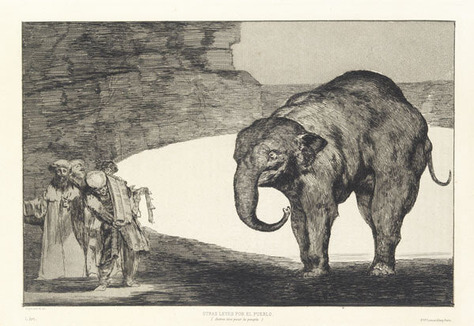
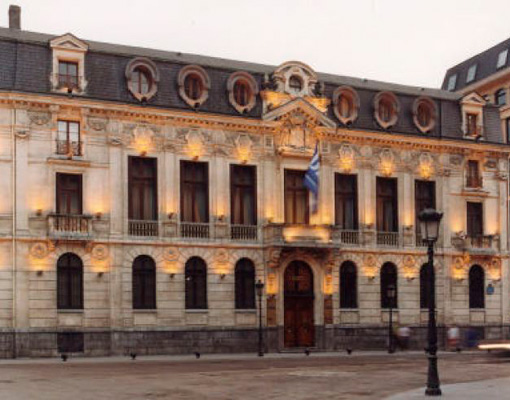
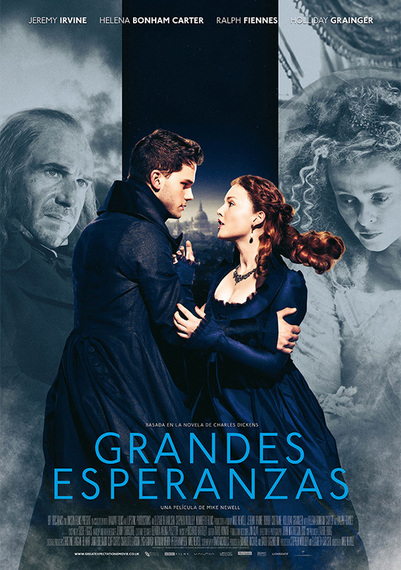
 RSS Feed
RSS Feed